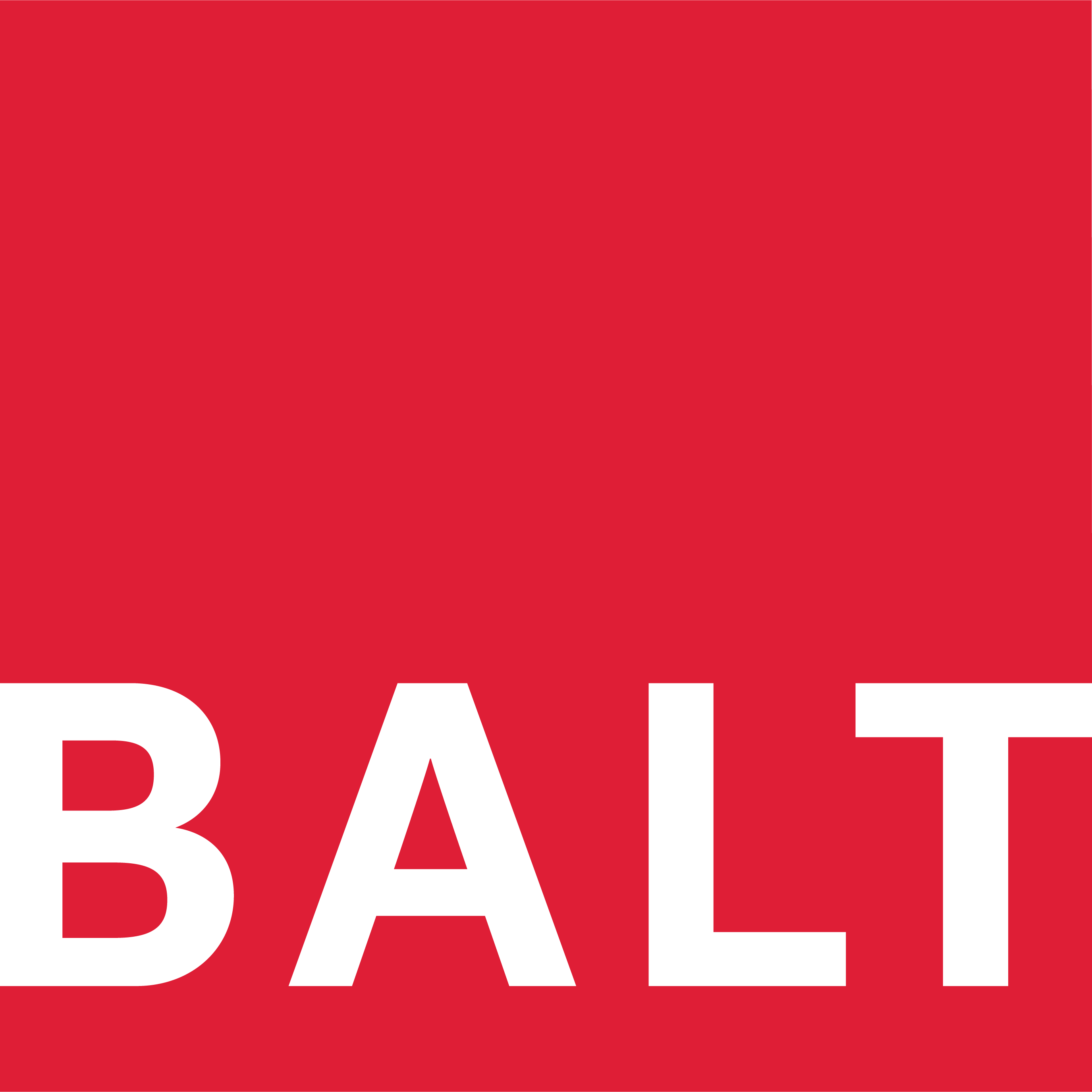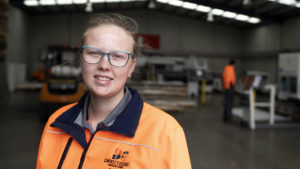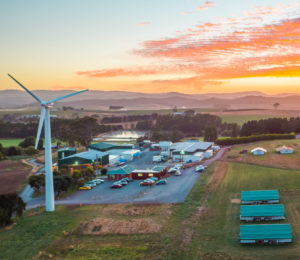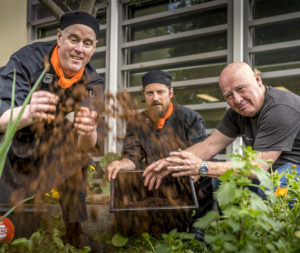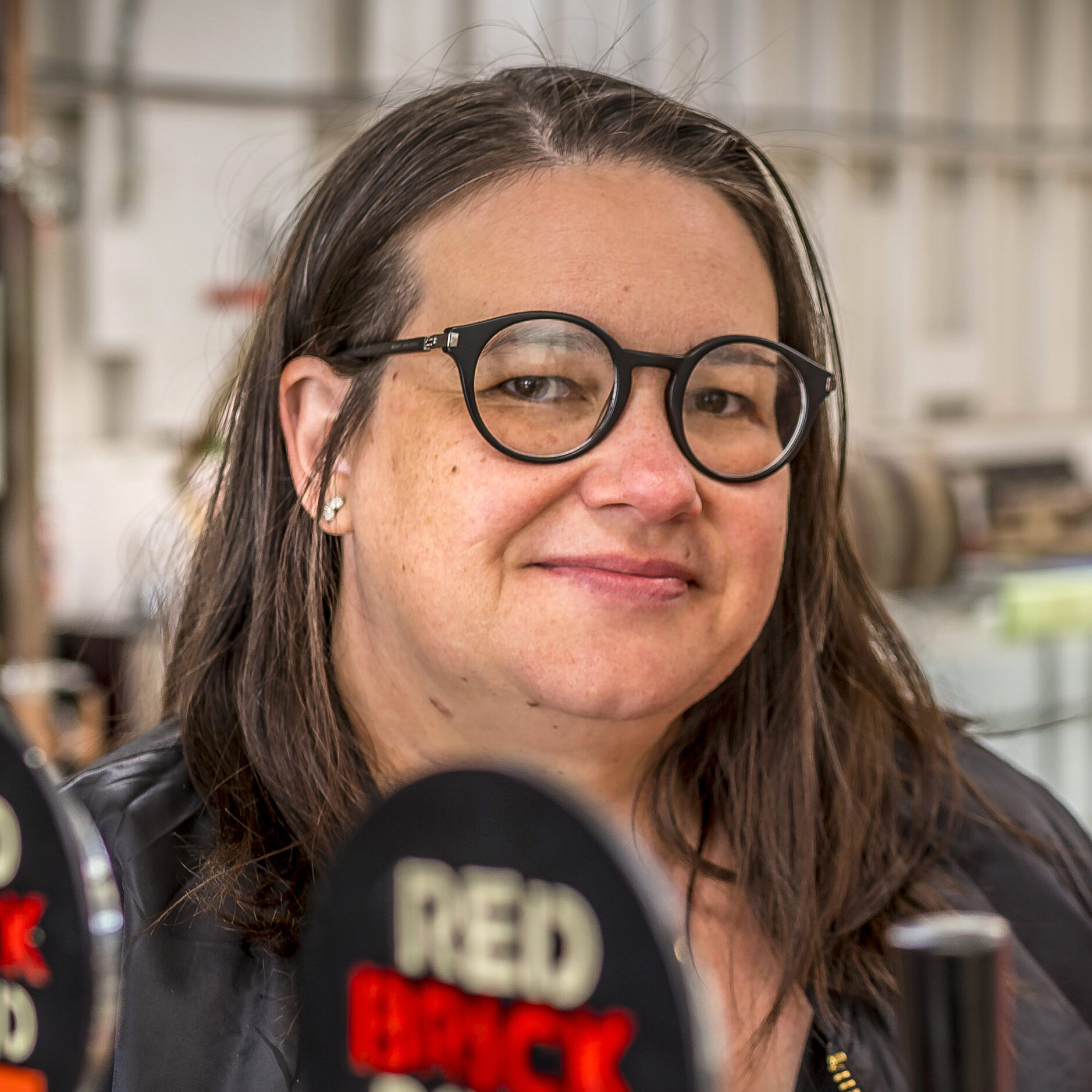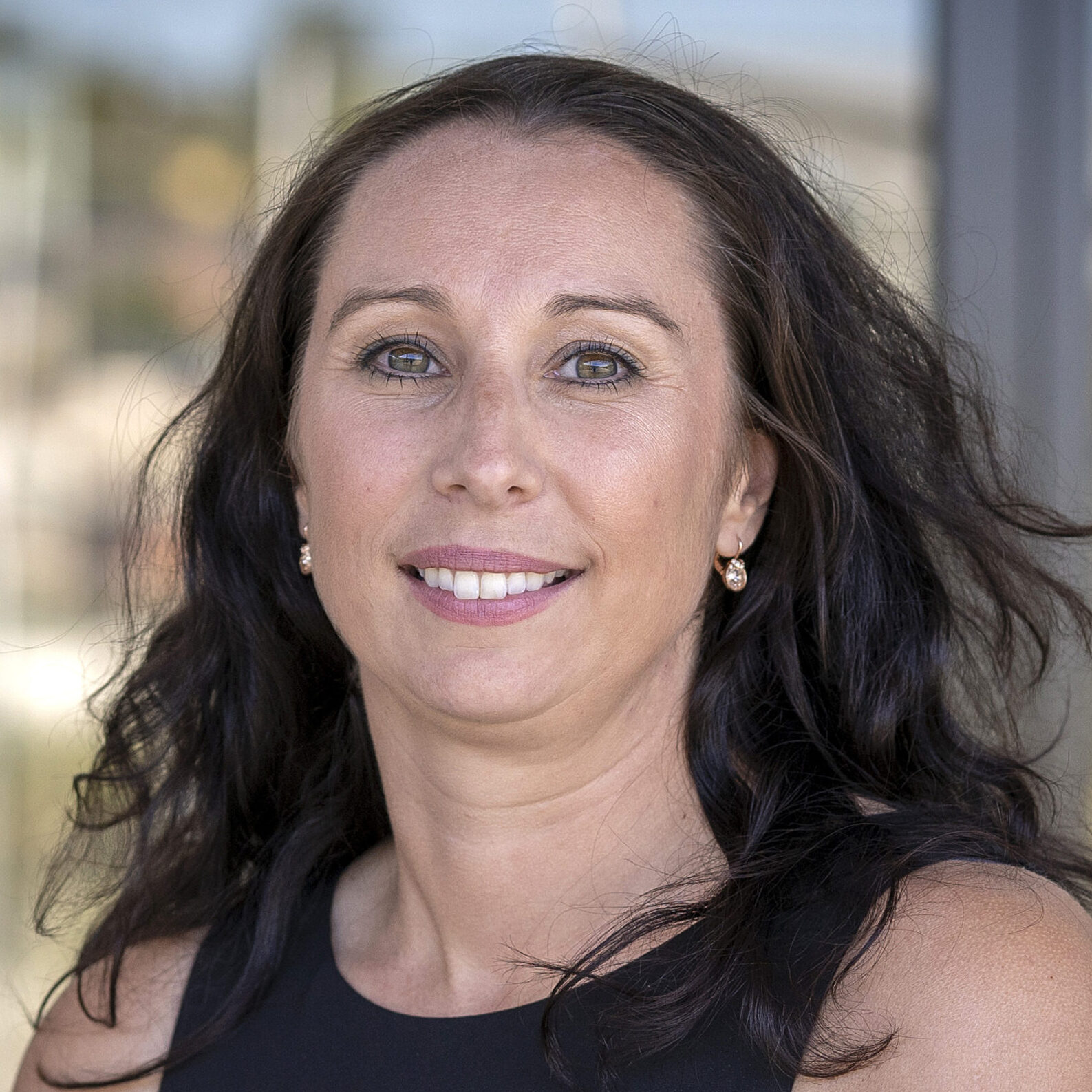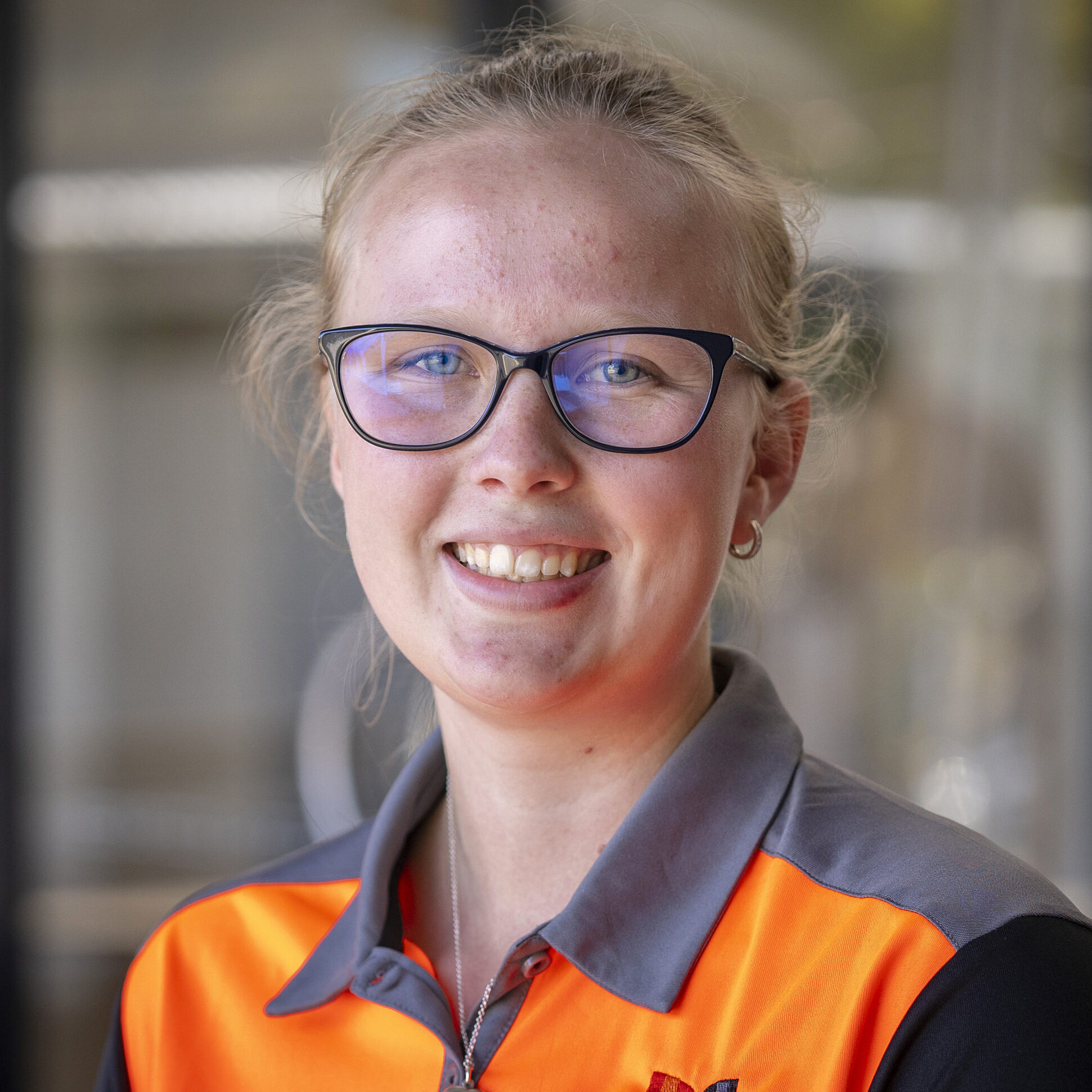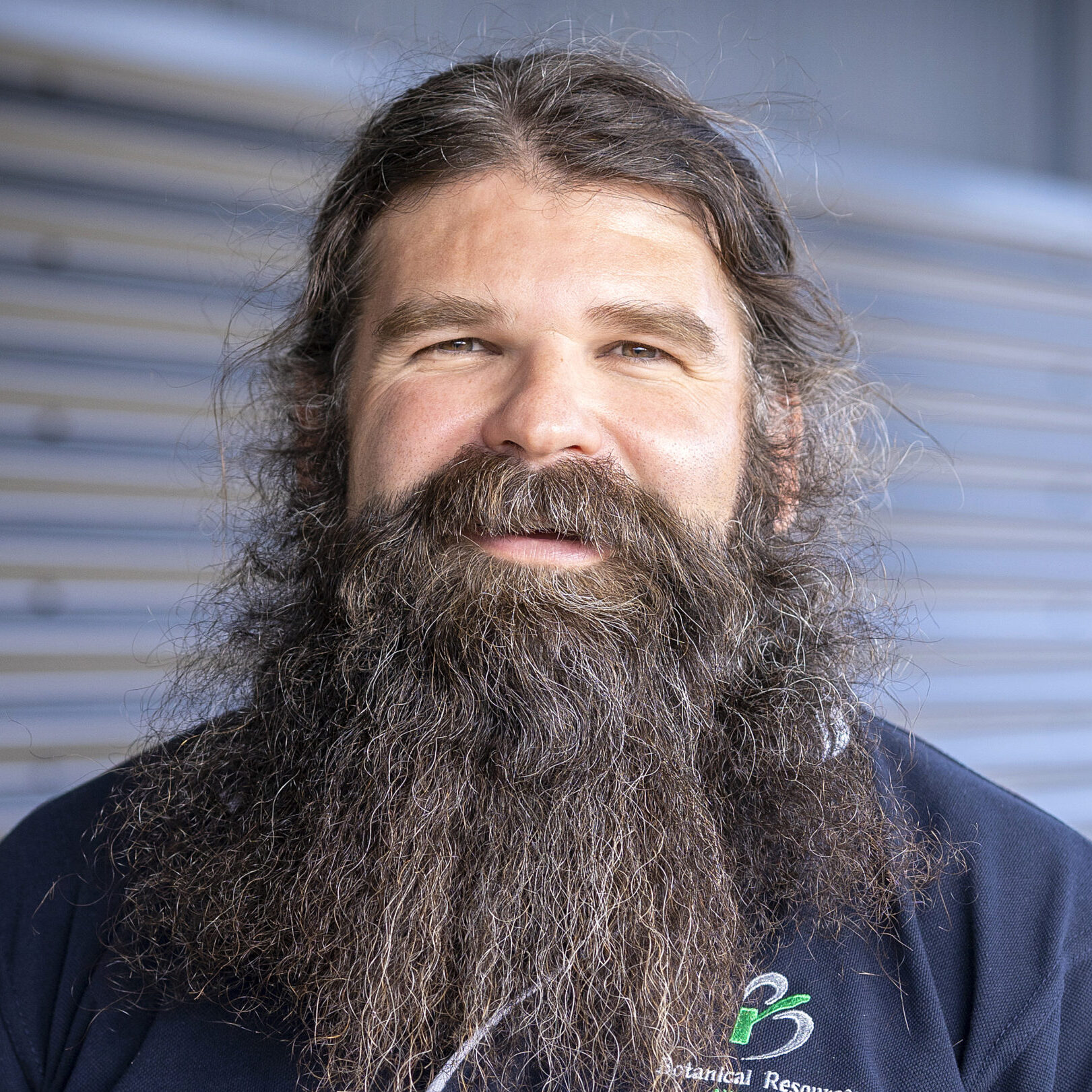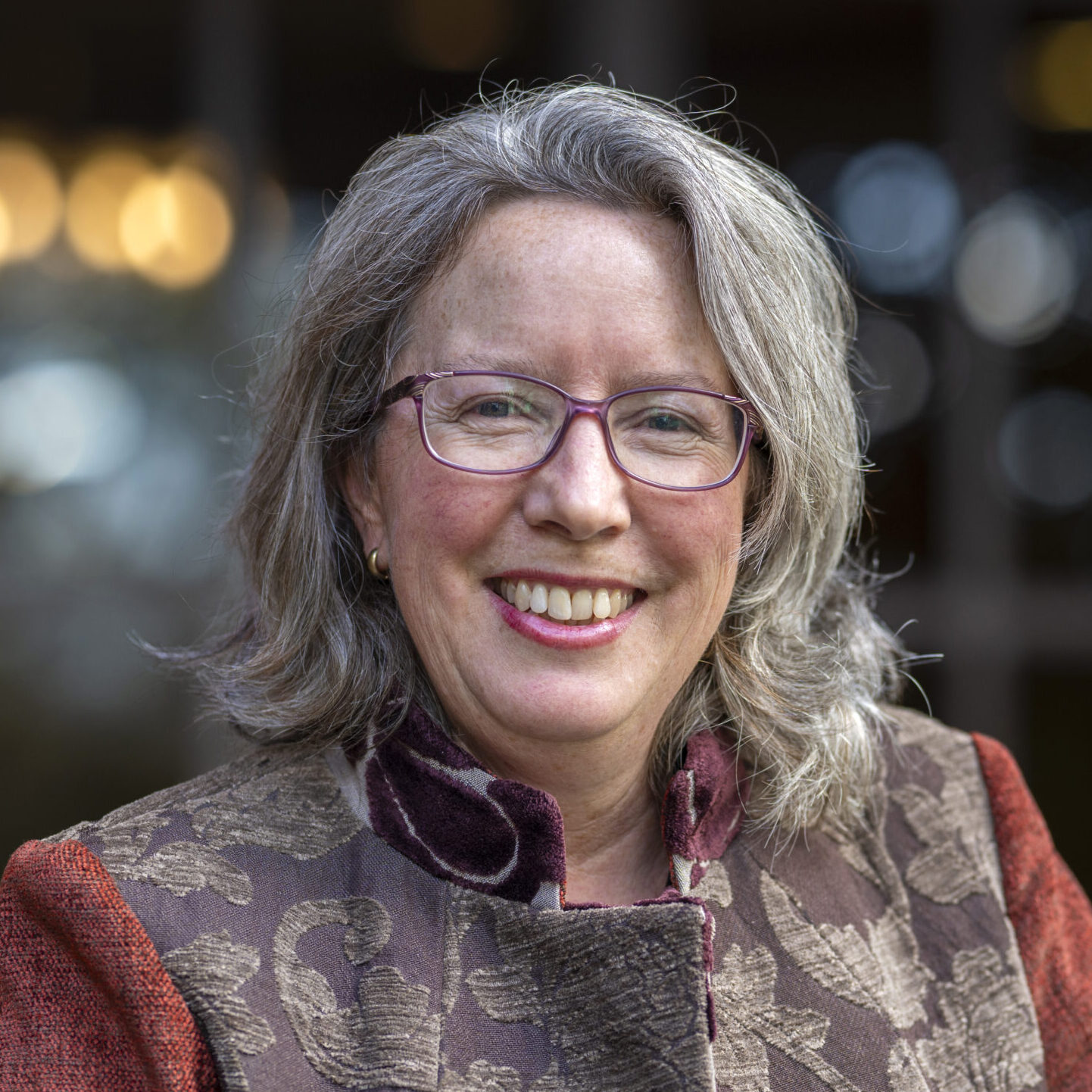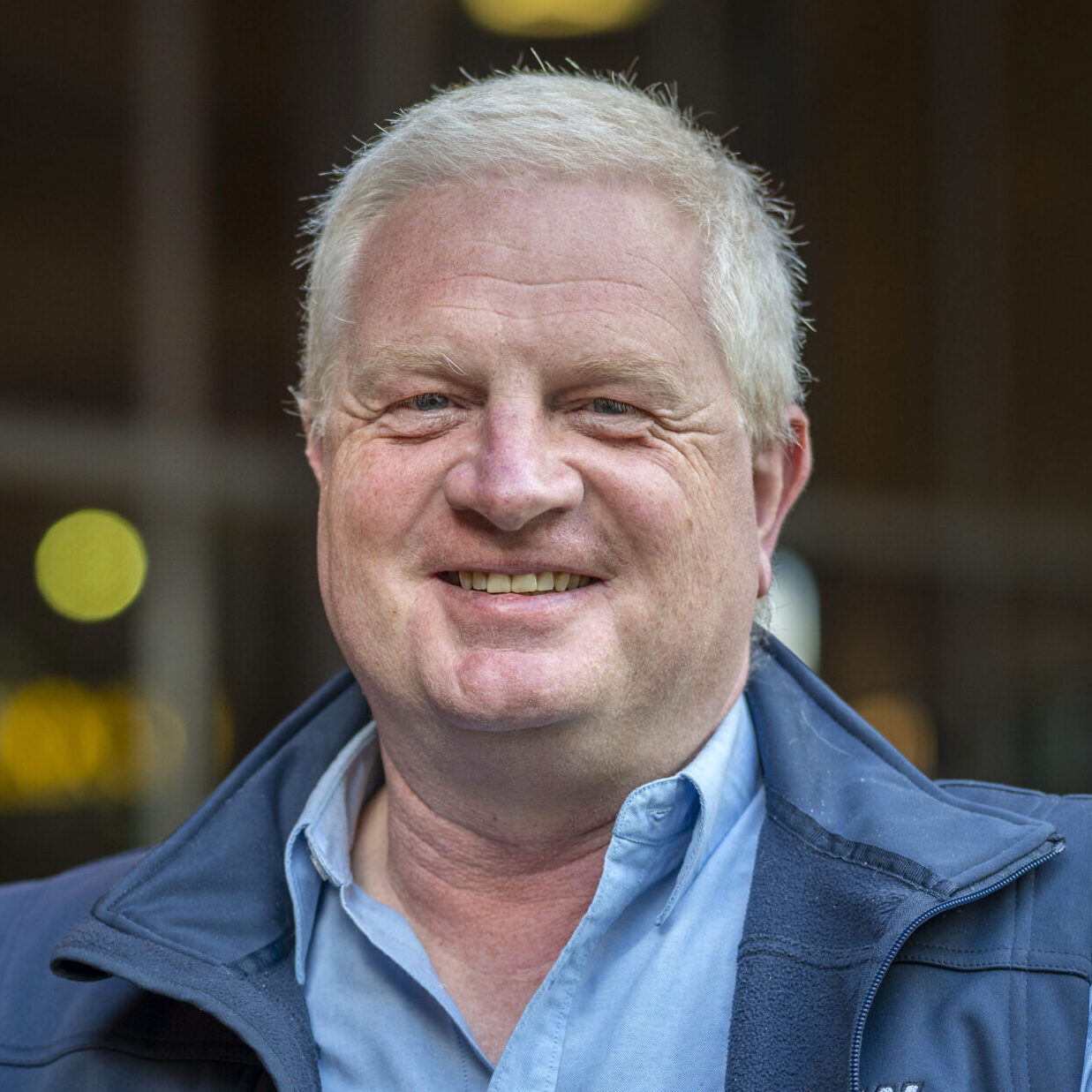Tasmania has many advantages that make it well-suited to a circular economy. It has a relatively small population and a strong sense of community, which means that it is easier to build networks and collaborate on projects. It also has a rich natural environment, with a diverse range of resources and primary industries. Additionally, Tasmania has a thriving tourism industry, which could establish a competitive advantage by implementing sustainable and circular practices.
The Tasmanian Waste and Resource Recovery Strategy is a key component of Tasmania’s transition towards a circular economy. The strategy outlines a range of objectives and priority actions to be taken over the next three years, including reducing waste to landfill and increasing recycling rates.
Business Action Learning Tasmania (BALT) has recently released a response to the Strategy, outlining its recommendations for optimising the opportunities for circularity in the long-term, while delivering the short-term objectives and targets of the strategy. BALT’s recommendations include decentralisation and co-design of planning and action, strategic investment in low-risk, fast iteration experimentation, prioritising processing materials at the source, building sustainable design capability into the Tasmanian workforce, and endorsing the ongoing delivery of the Business Resource Efficiency Program (BREP). Download the full response here.
Tasmania has a unique opportunity to learn from the experience of others and design bespoke solutions that are specific to its location, industries, natural environment, and communities. There is enormous potential to create a more resilient and self-sufficient economy by reducing reliance on imports and promoting local production and consumption.
Achieving a circular economy requires a systemic shift in the way we think about and use resources. To make this shift, collaboration and innovation are necessary at all levels, from individuals to businesses and in government.
Collaboration is vital because the circular economy is a complex and interconnected system. Achieving a circular economy requires the cooperation of all stakeholders, to share knowledge, resources, and expertise, and work towards common goals. For example, businesses can collaborate to create closed-loop systems where waste from one business becomes a valuable resource for another, reducing waste and promoting resource efficiency. Collaboration creates economies of scale and removes duplication of effort, making circular practices more cost-effective and accessible.
Innovation is also critical to becoming a circular economy. We need new ways of thinking and doing things, and innovation is key to developing these new approaches. Innovation can come in many forms, from new technologies to new business models to new ways of designing products. Innovation can overcome barriers to established practices, such as the lack of infrastructure for recycling or the high costs of establishing centralised systems, based on solutions developed in a completely different context.
To further explore these ideas and hear a range of perspectives on the Waste and Resource Recovery Strategy, Sustainable Living Tasmania has organised a panel discussion as part of the Big Weekend of Sustainable Living Ideas. The panel will include guest speakers Alasdair Wells from the Waste and Resource Recovery Board, Maree Bakker from Natural Resources and Environment, Brad Mashman from Recovery (Tas) Pty Ltd, Brendan Mitchell from Mitchell Plastic Welding Sustainable Plastics Australia, and Aaron Benham from Repair Café Hobart.
The Big Weekend of Sustainable Living Ideas is a whole weekend of exhibits, activities and community fun based on sustainable living. It is a unique opportunity for people to learn more about sustainable living practices and to connect with like-minded individuals and businesses in the community. The event is family-friendly and open to all members of the community.
The Business Resource Efficiency Program (BREP) brings together businesses, government, and industry experts, to create a supportive ecosystem for the transition towards a circular economy. BREP facilitates the sharing of knowledge, resources, and best practices, this helps to foster innovation and promote the development of new business models and practices. Businesses can implement circular economy principles into their operations and products, such as designing products for durability, repairability, and recyclability, and using renewable energy and materials. Individuals can also play their part by reducing waste, recycling, and supporting businesses that promote circular economy practices.
